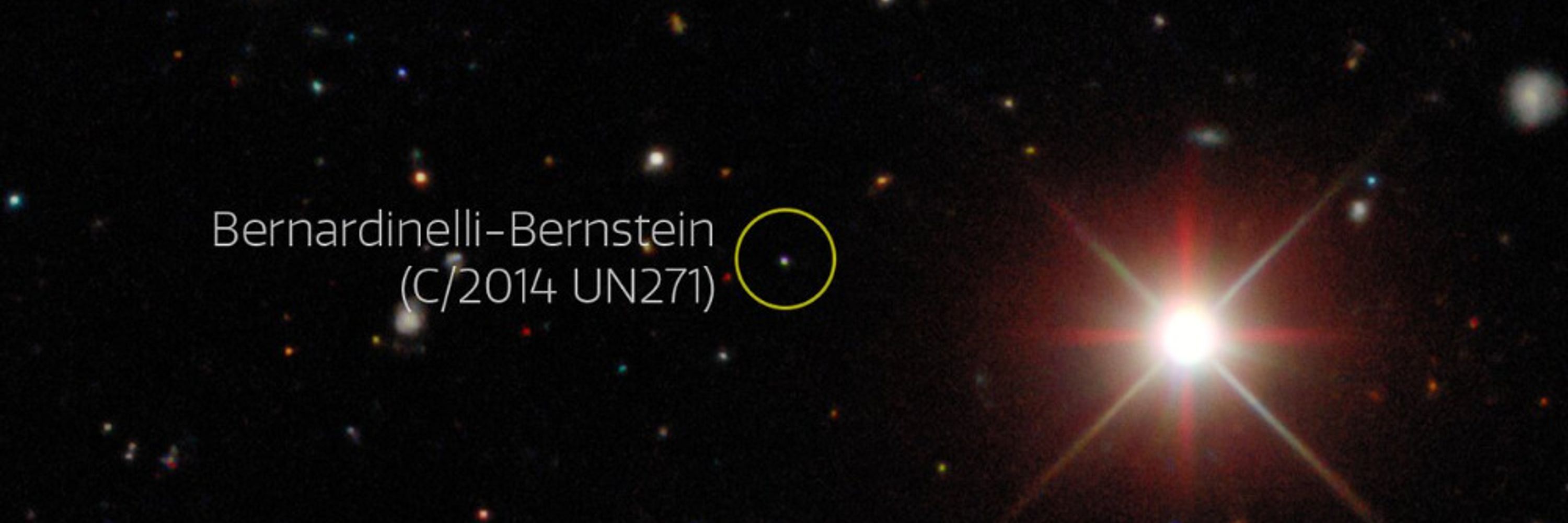

Long thread, because this is a ridiculously long paper. Paper link: arxiv.org/abs/2501.01551
It is a multi-part decision (one many departments are currently navigating.) For us, we got an awesome class last year that was larger than our larger than our target by ~x2.
It is a multi-part decision (one many departments are currently navigating.) For us, we got an awesome class last year that was larger than our larger than our target by ~x2.
Please share, LMK if you have Q’s!
aas.org/jobregister/...
Please share, LMK if you have Q’s!
aas.org/jobregister/...
Applications are open now, and due October 3rd.
We have faculty available in multiple departments available to host, across subfields in Planetary Science. Reach out for more info!

Applications are open now, and due October 3rd.
We have faculty available in multiple departments available to host, across subfields in Planetary Science. Reach out for more info!
🔭🧪☄️
Chandler et al., submitted 🔭
A 🧵
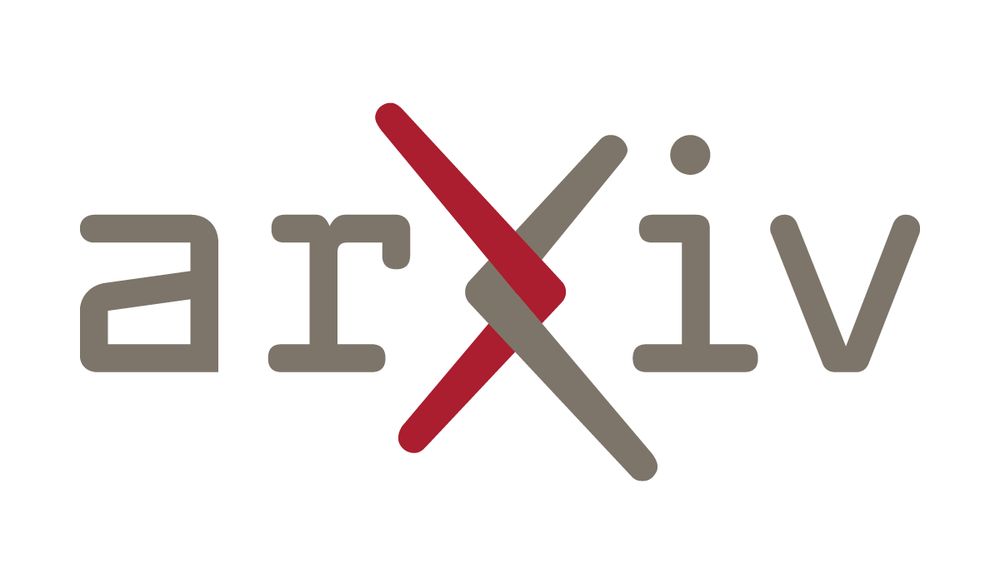
Chandler et al., submitted 🔭
A 🧵
arxiv.org/abs/2507.13409
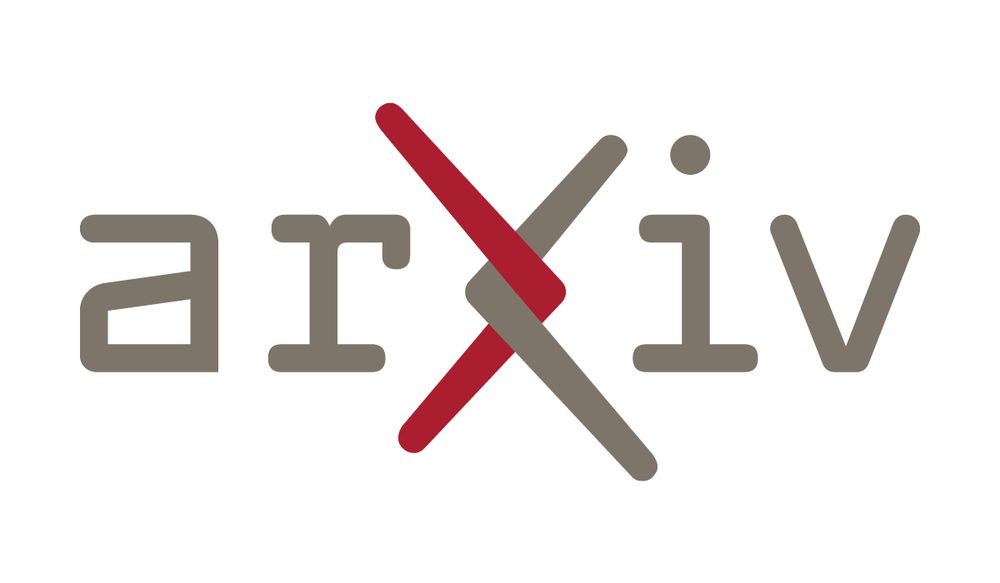
arxiv.org/abs/2507.13409
Images show a fuzzy tail, and the comet's dusty coma is similarly reddish like the other interstellar comet 2I/Borisov.
arxiv.org/abs/2507.02757
☄️🔭🧪


Date is 2025 Jul 2 00:52:39 UTC.
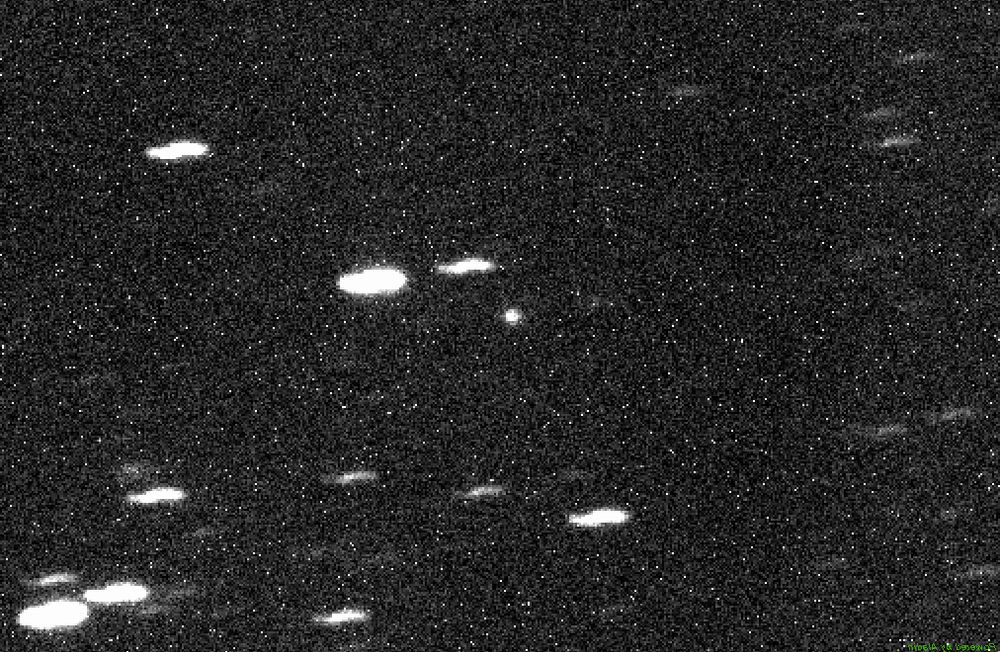
Try your eye with the *very first* citizen science project on @zooniverse.bsky.social that uses data from NSF-DOE Rubin Observatory, Comet Catchers! 🔭🧪
We can't think of a more fitting project for #AsteroidDay 🤩
☄️ cometcatchers.net ☄️
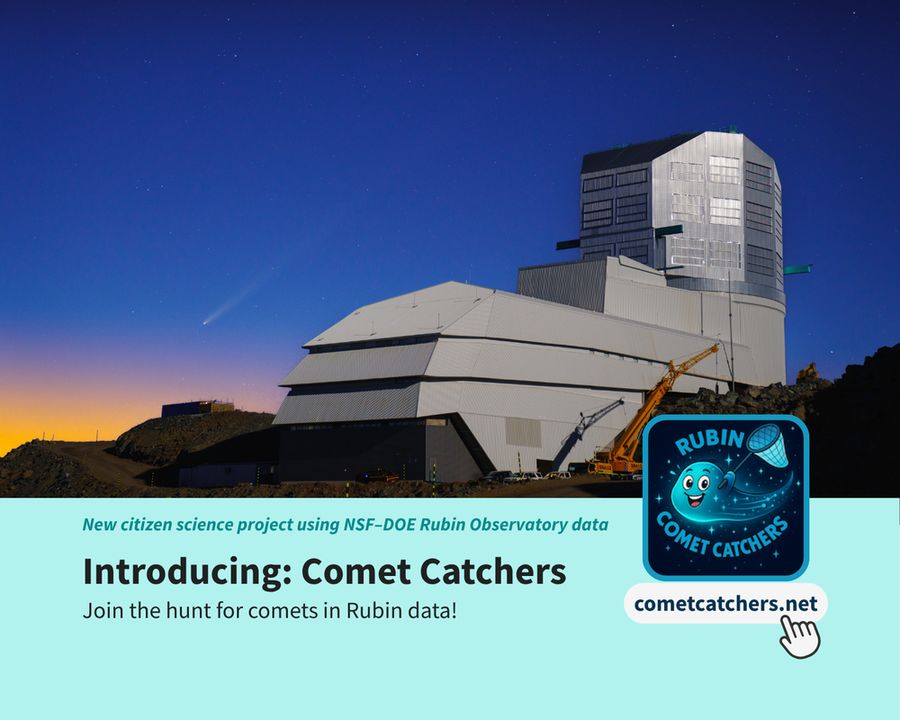
Try your eye with the *very first* citizen science project on @zooniverse.bsky.social that uses data from NSF-DOE Rubin Observatory, Comet Catchers! 🔭🧪
We can't think of a more fitting project for #AsteroidDay 🤩
☄️ cometcatchers.net ☄️
Can you guess these regions of sky?
This is just a small peek...join us at 11am US EDT for your full First Look at how Rubin will #CaptureTheCosmos! 🔭🧪
#RubinFirstLook
ls.st/rubin-first-look-livestream
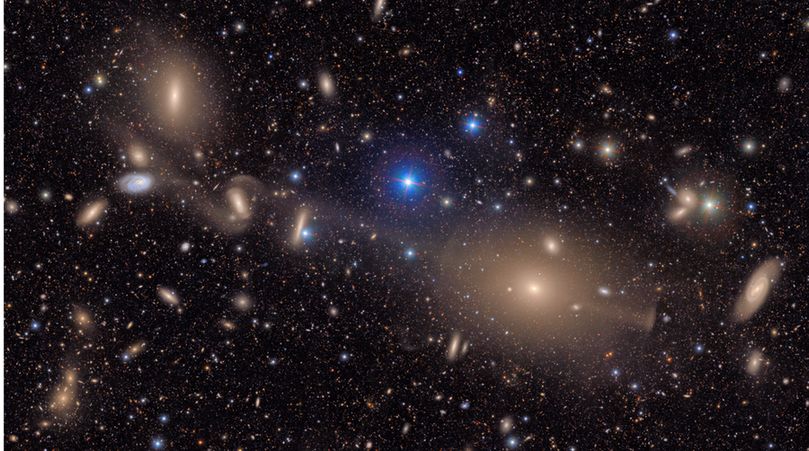
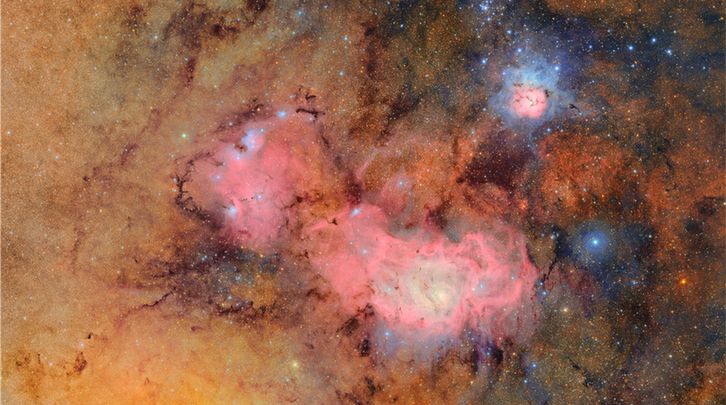
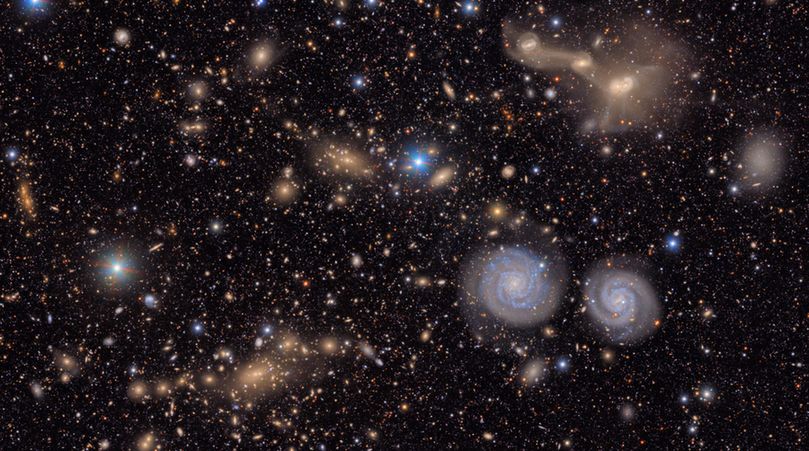
Can you guess these regions of sky?
This is just a small peek...join us at 11am US EDT for your full First Look at how Rubin will #CaptureTheCosmos! 🔭🧪
#RubinFirstLook
ls.st/rubin-first-look-livestream
Mary Robinette Kowal: listen up, boys!
Kowal: I've got a story for you... the story of the lady astronaut!
Kowal: that's right
Kowal: a lady wants to be an astronaut
Kowal: how about that?!
Mary Robinette Kowal: listen up, boys!
Kowal: I've got a story for you... the story of the lady astronaut!
Kowal: that's right
Kowal: a lady wants to be an astronaut
Kowal: how about that?!

NSF–DOE Rubin Observatory has an automated scheduler that takes into account current weather conditions, moon phases, and observatory capabilities to determine the best next place to point the telescope. 🌙 #CaptureTheCosmos
🔭🧪
📷: P. Assunção Lago (Rubin)

NSF–DOE Rubin Observatory has an automated scheduler that takes into account current weather conditions, moon phases, and observatory capabilities to determine the best next place to point the telescope. 🌙 #CaptureTheCosmos
🔭🧪
📷: P. Assunção Lago (Rubin)
Get ready for a preview of how Rubin will soon #CaptureTheCosmos in its decade-long survey 🌌
More details soon—stay up to date at rubinobservatory.org/news/rubin-first-look
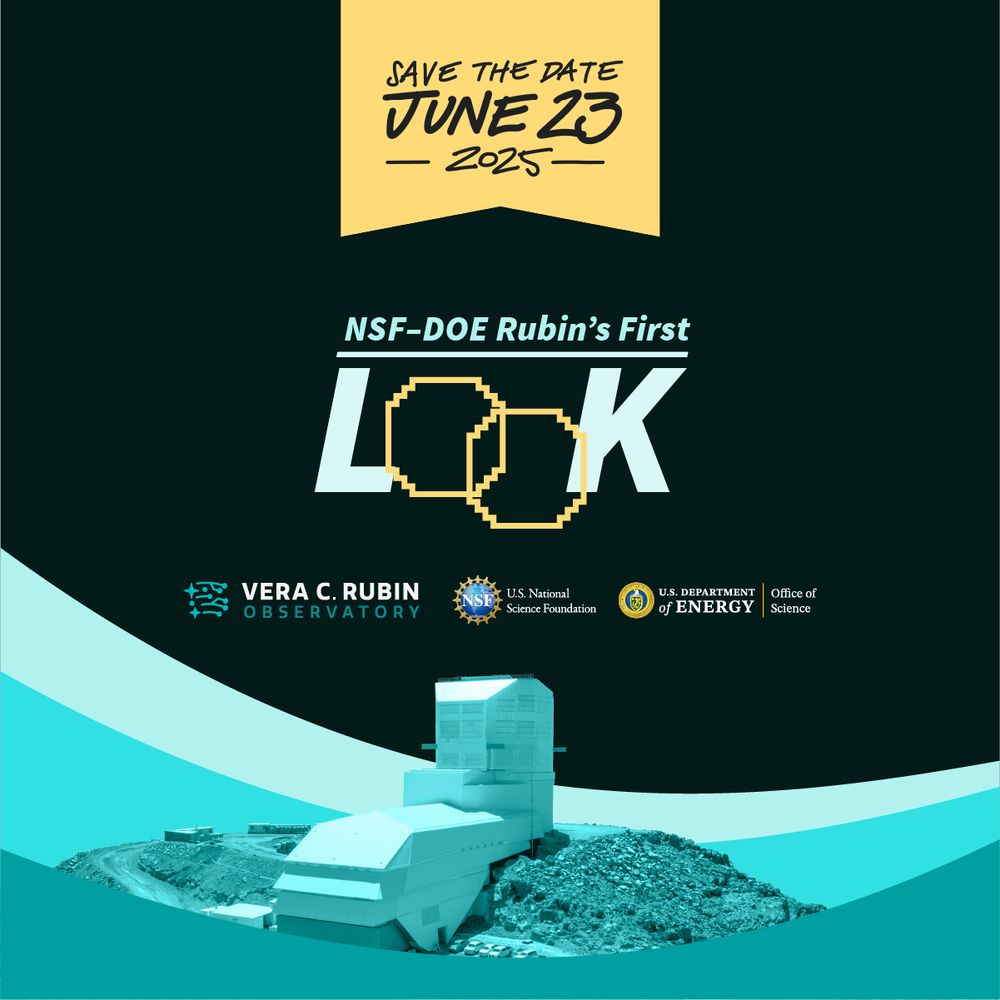
Get ready for a preview of how Rubin will soon #CaptureTheCosmos in its decade-long survey 🌌
More details soon—stay up to date at rubinobservatory.org/news/rubin-first-look
After installing and testing the LSST Camera, we turned the telescope to the sky—a moment 20 years in the making!
With that, Rubin #CommissioningNotes are back ✍️
🧵
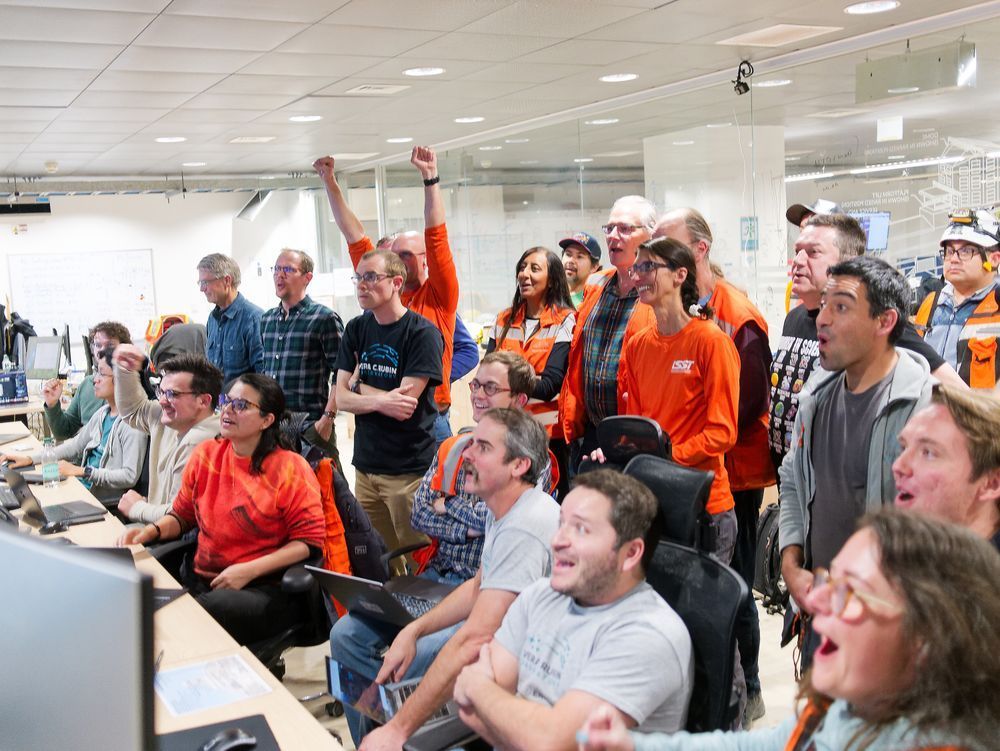
After installing and testing the LSST Camera, we turned the telescope to the sky—a moment 20 years in the making!
With that, Rubin #CommissioningNotes are back ✍️
🧵
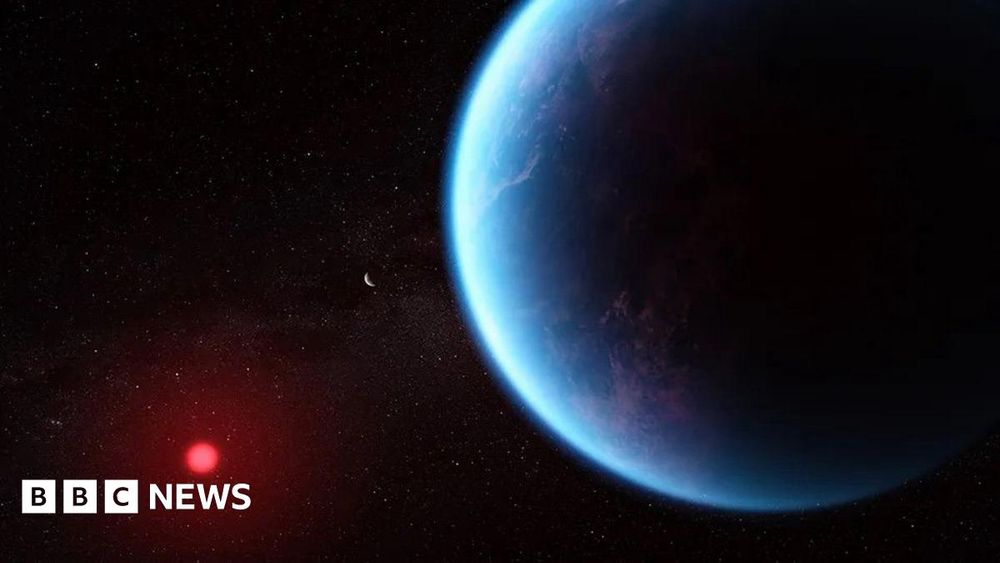

As promised, here's the building files for my Minecraft Rubin Observatory... LMK if you use them! #ECCC
github.com/jradavenport...

As promised, here's the building files for my Minecraft Rubin Observatory... LMK if you use them! #ECCC
github.com/jradavenport...




